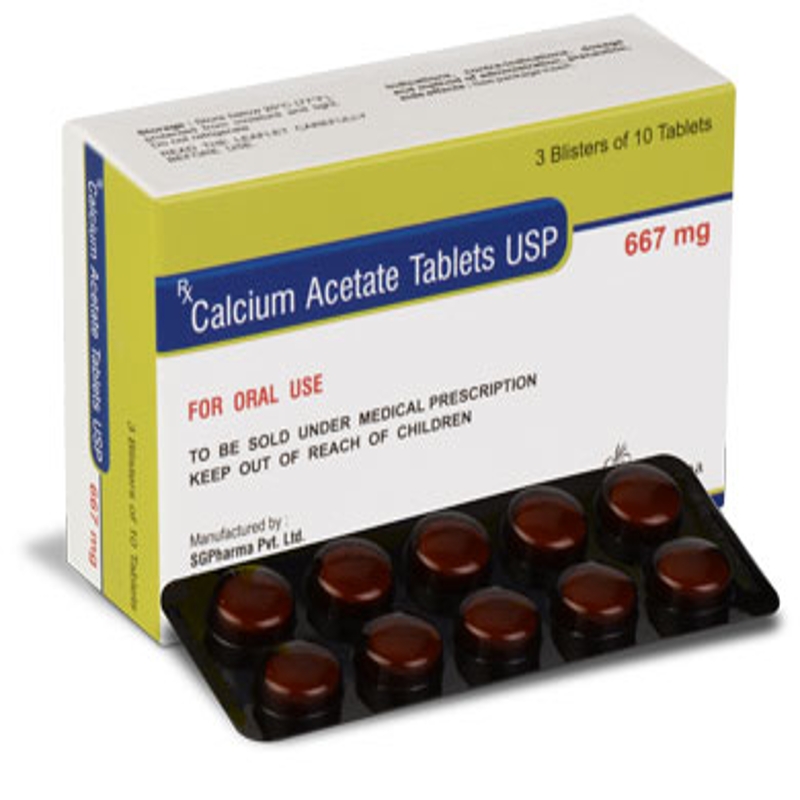-
Categories
-
Pharmaceutical Intermediates
-
Active Pharmaceutical Ingredients
-
Food Additives
- Industrial Coatings
- Agrochemicals
- Dyes and Pigments
- Surfactant
- Flavors and Fragrances
- Chemical Reagents
- Catalyst and Auxiliary
- Natural Products
- Inorganic Chemistry
-
Organic Chemistry
-
Biochemical Engineering
- Analytical Chemistry
-
Cosmetic Ingredient
- Water Treatment Chemical
-
Pharmaceutical Intermediates
Promotion
ECHEMI Mall
Wholesale
Weekly Price
Exhibition
News
-
Trade Service
Source: Yimaitong Author: Love PeanutsThis article is authorized by the author to be published by Yimaitong, please do not reprint
without authorization.
without authorization.
Sometime
You met a child considering iron deficiency anemia in the outpatient clinic, but found that the platelet count on the blood routine report also increased significantly, could it be another blood disease? You're a little suspicious
.
again
In children who are still iron deficiency poor, parents are worried because of abnormal platelet counts that are
too high.
This scene makes you feel familiar
.
Once again
Still a child with iron deficiency poverty, holding a blood routine report, you habitually glanced at the platelet count first, looked at the arrow on the upward index, and almost shot up excitedly, is iron deficiency poverty and thrombocytosis turned out to be a pair of CP?!
Let's take a look at iron deficiency anemia and thrombocytosis today for CP.
Thrombocytosis is defined as a peripheral blood platelet count > 400×109/L, which is divided into primary thrombocytosis and secondary thrombocytosis
.
In children, essential thrombocytosis is rare, with more than 99% of patients having secondary thrombocytosis
.
Iron deficiency anaemia (IDA) is anemia caused by insufficient hemoglobin production due to iron deficiency and is the most common cause
of anemia in children.
CP fit
Infection is the most common cause of secondary thrombocytosis, followed closely by iron deficiency anaemia (IDA) and is the most common noninfectious cause
of thrombocytosis.
The proportion of thrombocytosis secondary to IDA varies in different clinical studies, reaching about 80%.
In IDA patients with secondary thrombocytosis, the severity of anaemia is negatively correlated with platelet count, i.
e.
, the greater the degree of anemia, the higher
the platelet count.
However, studies have also found that patients with severe anemia have a reduced degree of increased platelet count compared
with patients with non-severe anemia.
CP sense causes
Thrombocytosis secondary to IDA may be caused by:
➤ There are megakaryocyte-erythrocyte line dual-energy progenitor cells in normal human bone marrow, and due to the decrease in hemoglobin in IDA, erythropoietin (EPO) increases, EPO mainly acts on erythroid hematopoiesis, and also has a synergistic or auxiliary effect
on megakaryotic hematopoiesis.
➤ Iron deficiency shortens the time for megakaryocyte maturation and accelerates the formation
of platelets.
➤ In iron deficiency, the production of red blood cells is inhibited, which promotes the growth
of mononuclear megakaryotic lines.
➤Under normal physiological conditions, iron has the effect of inhibiting the production of bone marrow cells, and this inhibitory effect is weakened when iron is deficient, so that the bone marrow megakaryotic system is actively
proliferated.
Hazards of CP
Thrombosis is the most important complication of thrombocytosis, but occurs primarily in essential thrombocytosis
.
A foreign statistic involving more than 30,000 IDA patients in 40 years found that the thrombosis rate of IDA patients was 7.
8%, and the thrombosis rate of IDA patients with thrombocytosis was 15.
8%.
For secondary thrombocytosis without risk factors, ambulatory monitoring is the mainstay, and most do not require specific treatment
.
For children with very severely elevated platelet counts (> 1000×109/L), antiplatelet aggregation such as dipyridamole and aspirin can be taken orally as appropriate, but the risk
of aspirin use in children inducing Reyi syndrome should be considered.
Under what circumstances to consider dismantling the CP
Thrombocytosis secondary to IDA is often transient, and platelet count drops to normal
after correction of anaemia with iron supplementation.
If platelet count continues to increase despite removal of iron deficiency factors, CP should be removed
.
We need to review inflammatory indicators, such as CRP, ESR, etc.
, to exclude infectious factors
.
It is necessary to ask about family history again, screen for malignant tumors and myeloproliferative diseases, and improve genetic tests related to essential thrombocytosis
.
Cases where CP is not grouped
In addition to most normal platelet counts, a small percentage of IDA patients without CP have thrombocytopenia
.
Studies have pointed out that most IDAs with thrombocytopenia have splenomegaly, and it is speculated that iron deficiency thrombocytopenia may be caused
by hypersplenism.
Studies have also pointed out that thrombocytopenia is more common in patients with severe IDA, pointing out that when severe iron deficiency, bone marrow hematopoietic function is affected, pluripotent hematopoietic stem cells are preferentially differentiated into red blood cells, and megakaryocyte production is restricted, resulting in thrombocytopenia
.
Iron deficiency thrombocytopenia normalizes platelets with iron supplementation and can be distinguished
from immune thrombocytopenia.
References
1.
YIN Mengmeng, LIU Aiguo, ZHANG Ai, WANG Songmi, HU Qun.
Analysis of changes in platelet number in children with iron deficiency anemia[J].
Chinese Journal of Pediatric Hematology and Oncology, 2020, 25(5):5.
2.
FENG Siqing, WU Xiao, YANG Guang.
Analysis of causes of iron deficiency anemia with thrombocytopenia[C]// 2012 Zhematology Annual Conference.
3.
ZHU Liping, WU Ling, WANG Yongzhi, et al.
Changes in platelet count in 460 cases of iron deficiency anemia[J].
Medicine and Health, 2019.
4.
Sarangi R, Pradhan S, Dhanawat A, et al.
Thrombocytosis in children: Clinico-hematological profile from a single centre in Eastern India.
J Lab Physicians 2018; 10:34-7.
5.
tockklausner C , Duffert C M, Cario H , et al.
Thrombocytosis in children and adolescents—classification, diagnostic approach, and clinical management[J].
Annals of Hematology:1-19.
6.
Song A B , Kuter D P D J , Hanny Al㏒amkari.
Characterization of the Rate, Predictors, and Thrombotic Complications of Thrombocytosis in Iron Deficiency Anemia[J].
American Journal of Hematology, 2020(3).
7.
Zhu Yu.
Association between nutritional iron deficiency anemia with thrombocytosis and TPO in children[D].
Jilin University.







